-
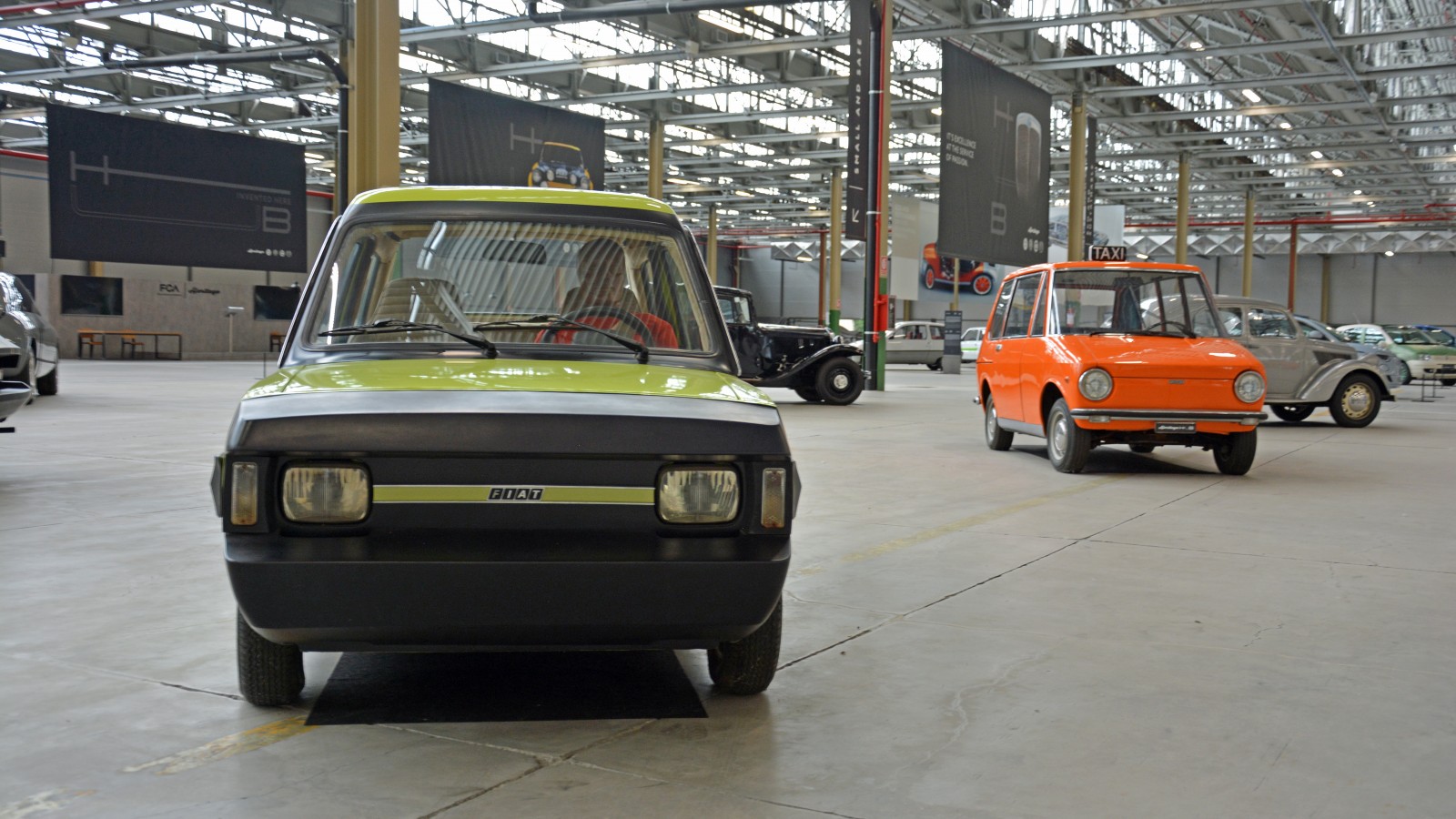 © Ronan Glon
© Ronan Glon -
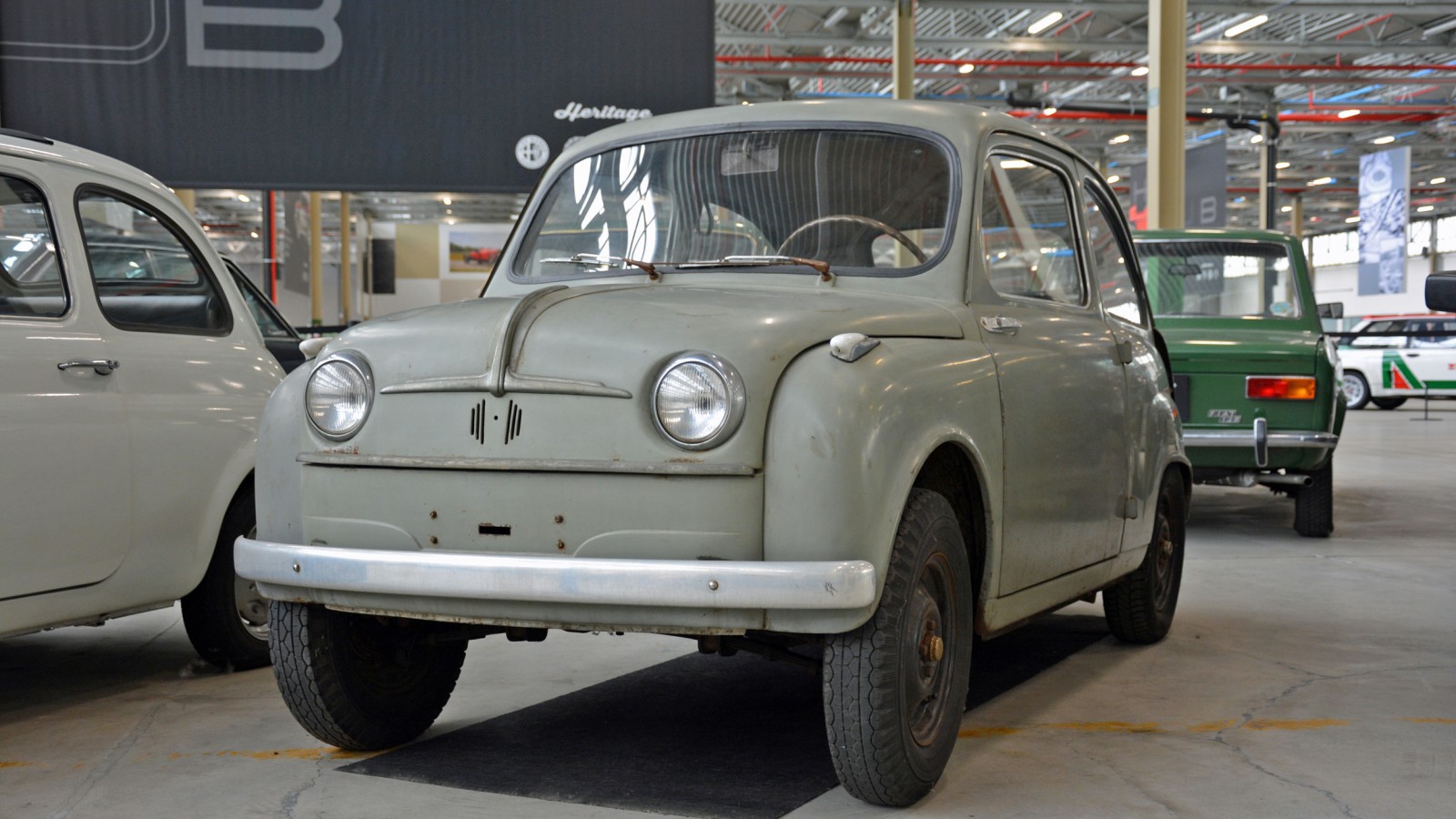 © Ronan Glon
© Ronan Glon -
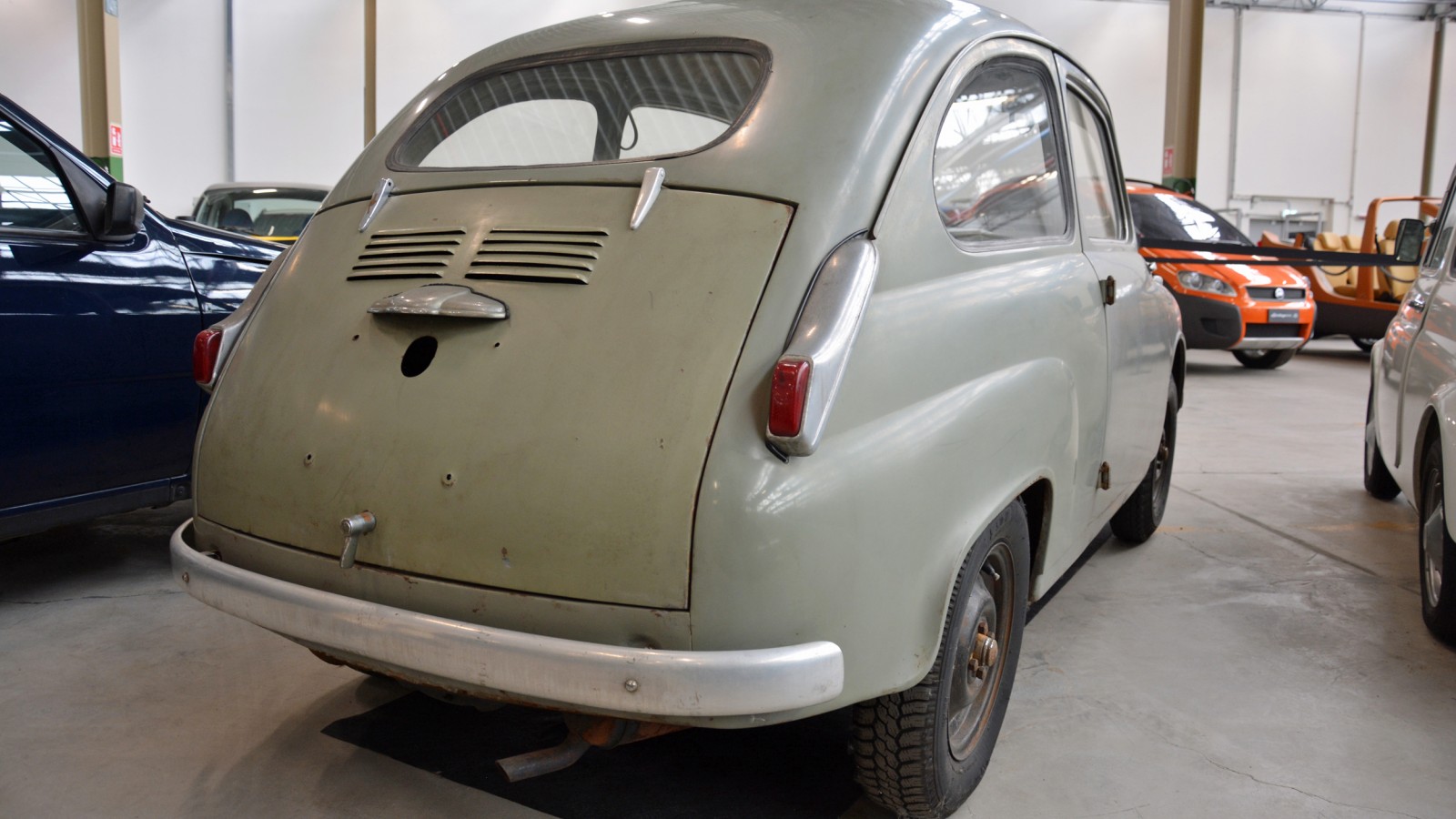 © Ronan Glon
© Ronan Glon -
 © Ronan Glon
© Ronan Glon -
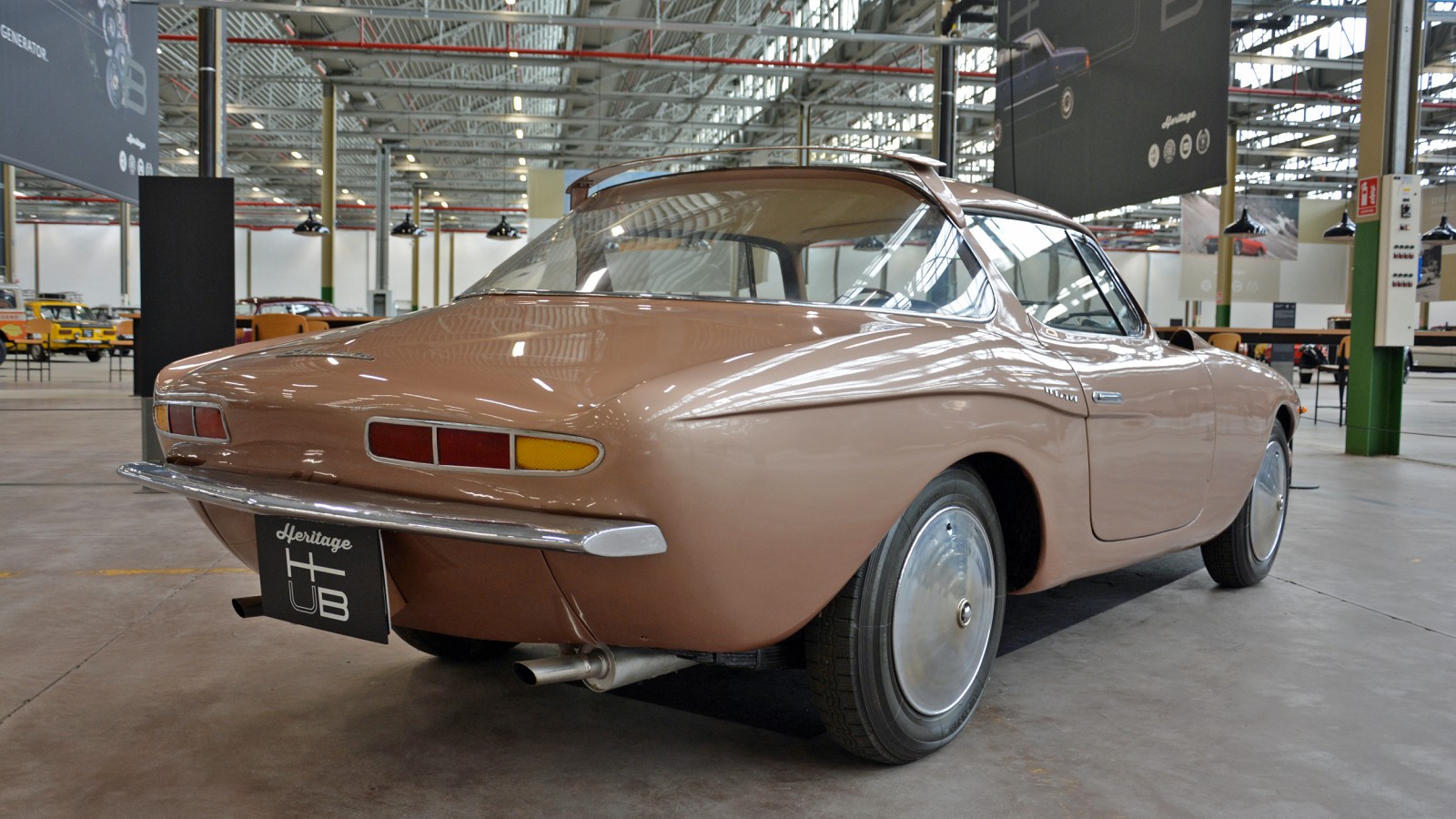 © Ronan Glon
© Ronan Glon -
 © Ronan Glon
© Ronan Glon -
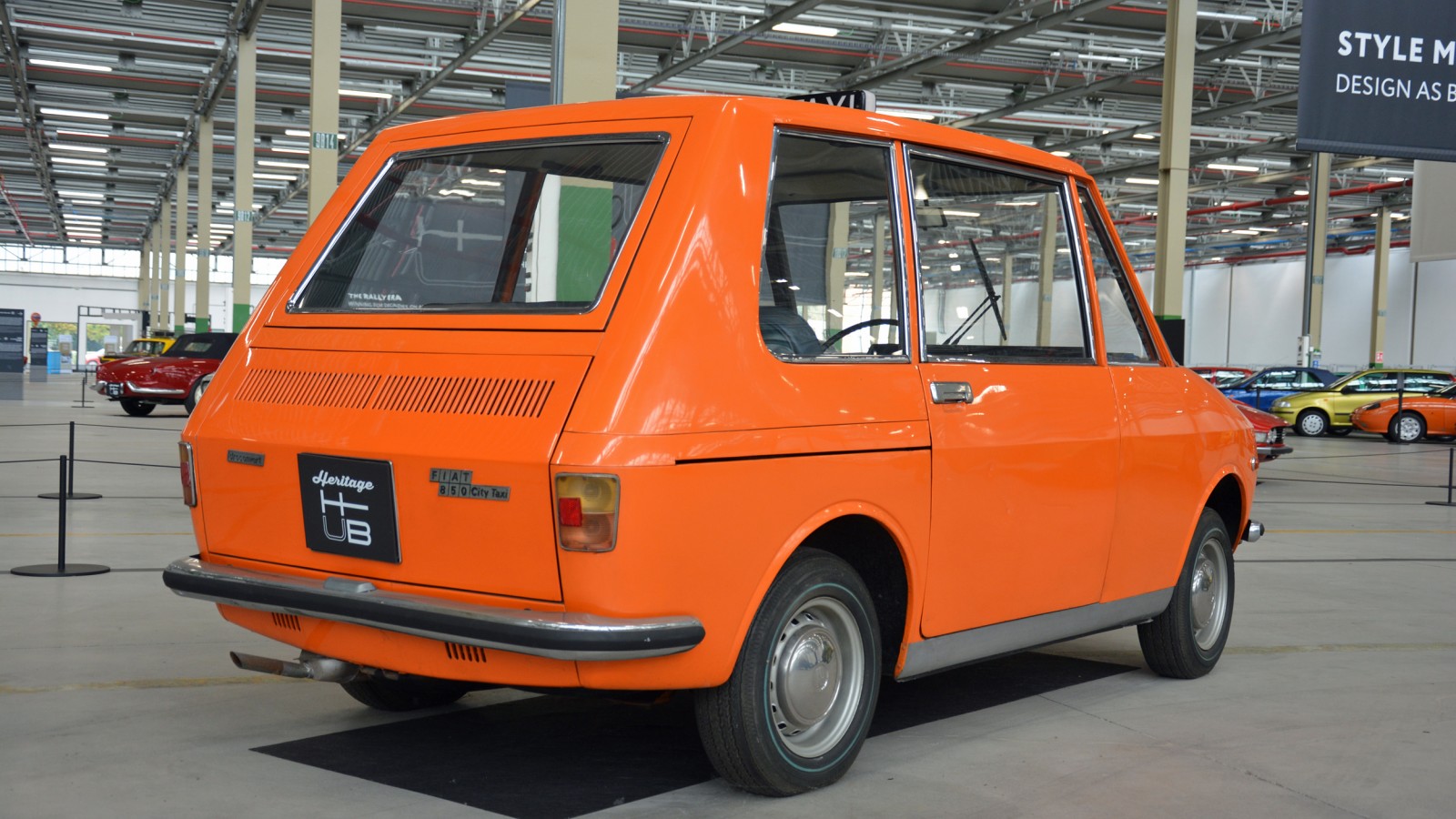 © Ronan Glon
© Ronan Glon -
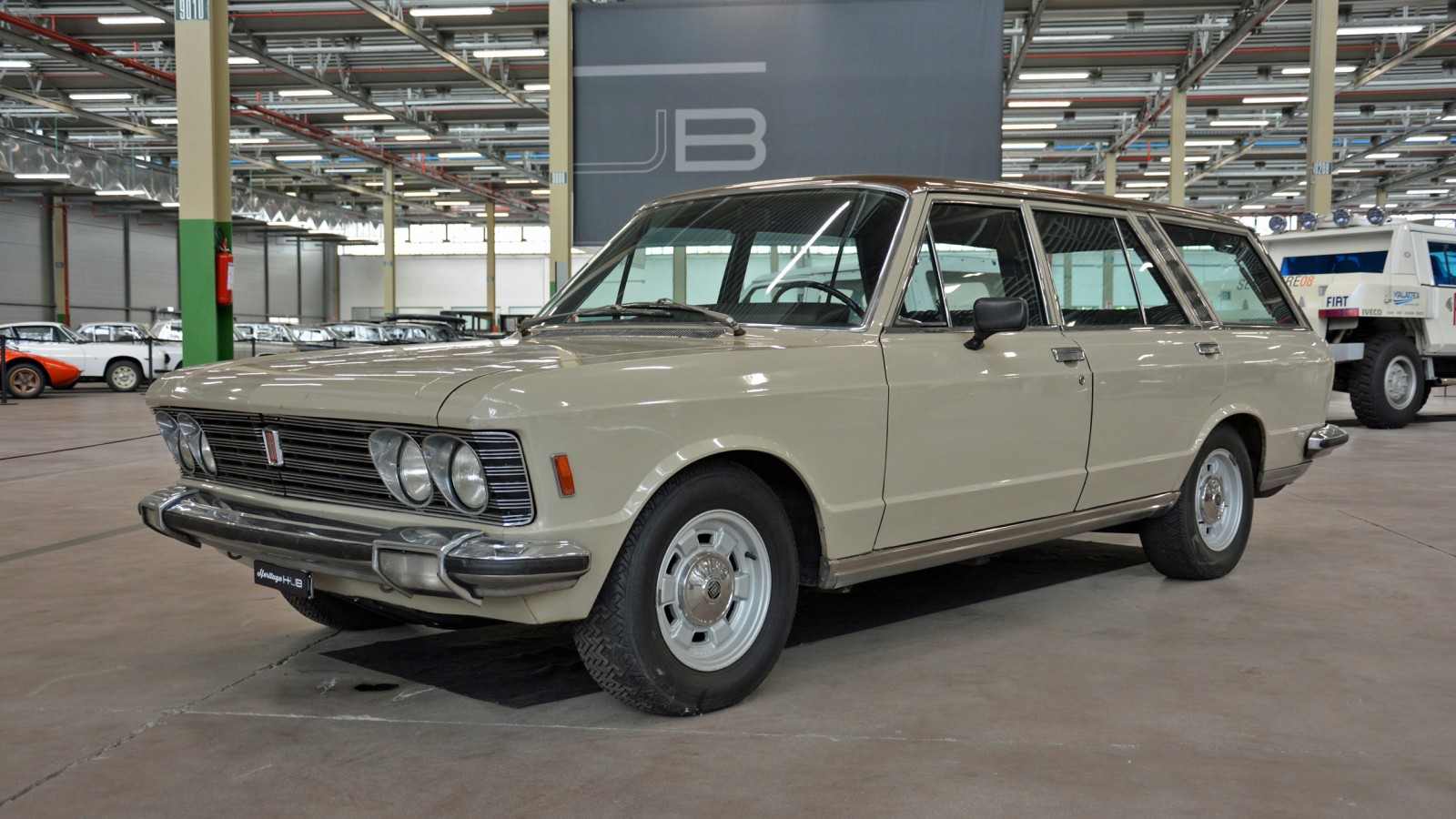 © Ronan Glon
© Ronan Glon -
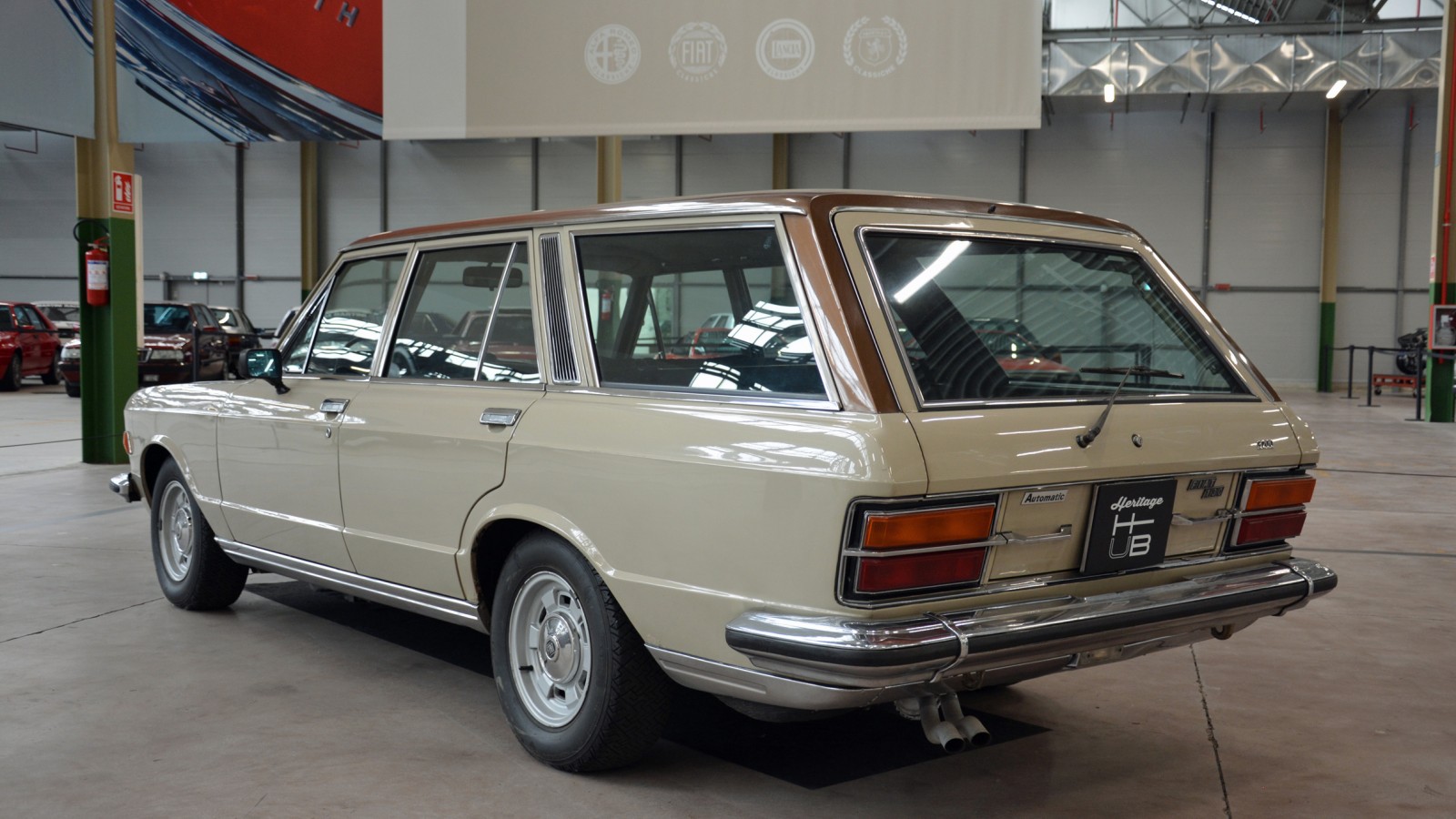 © Ronan Glon
© Ronan Glon -
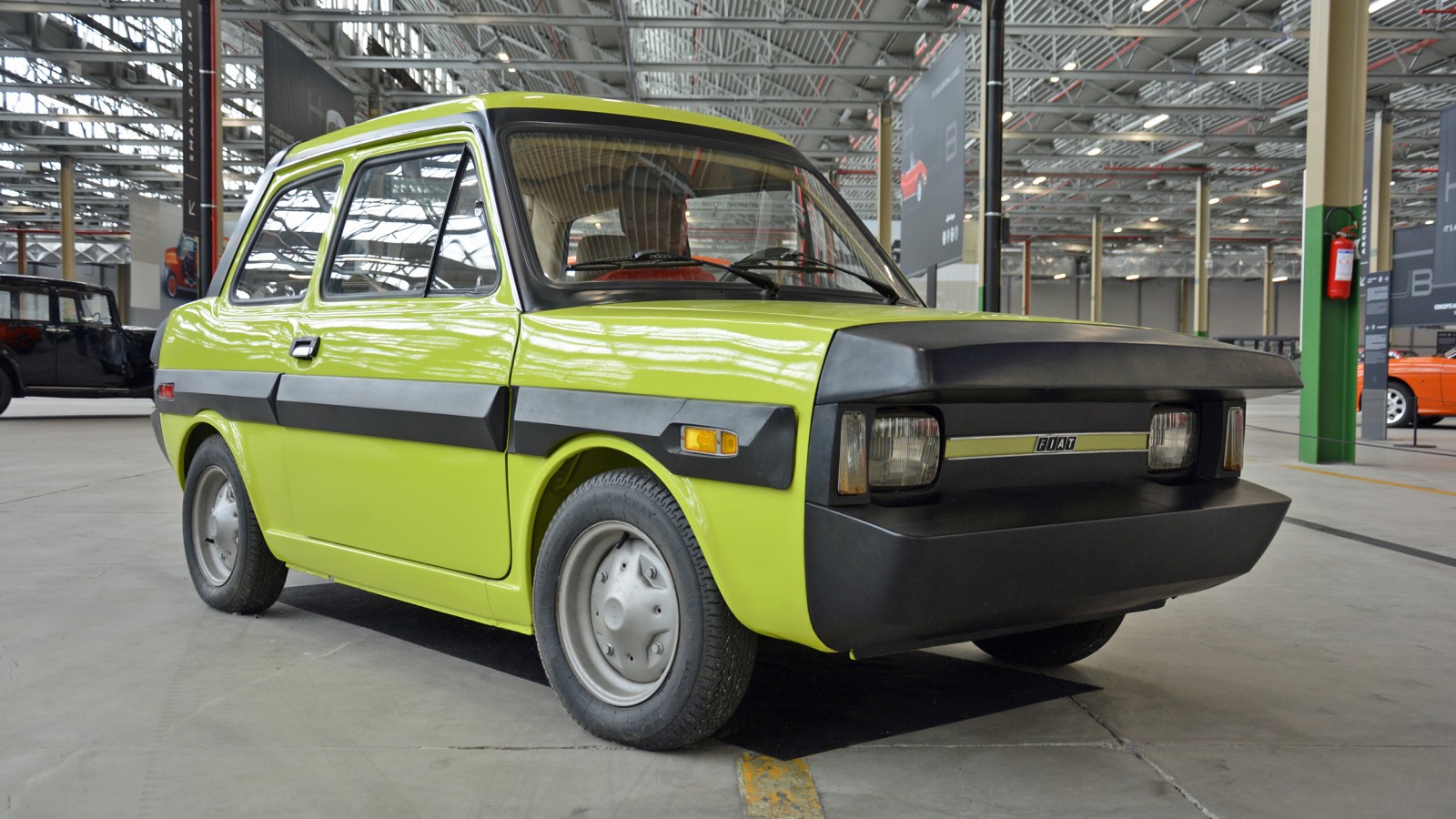 © Ronan Glon
© Ronan Glon -
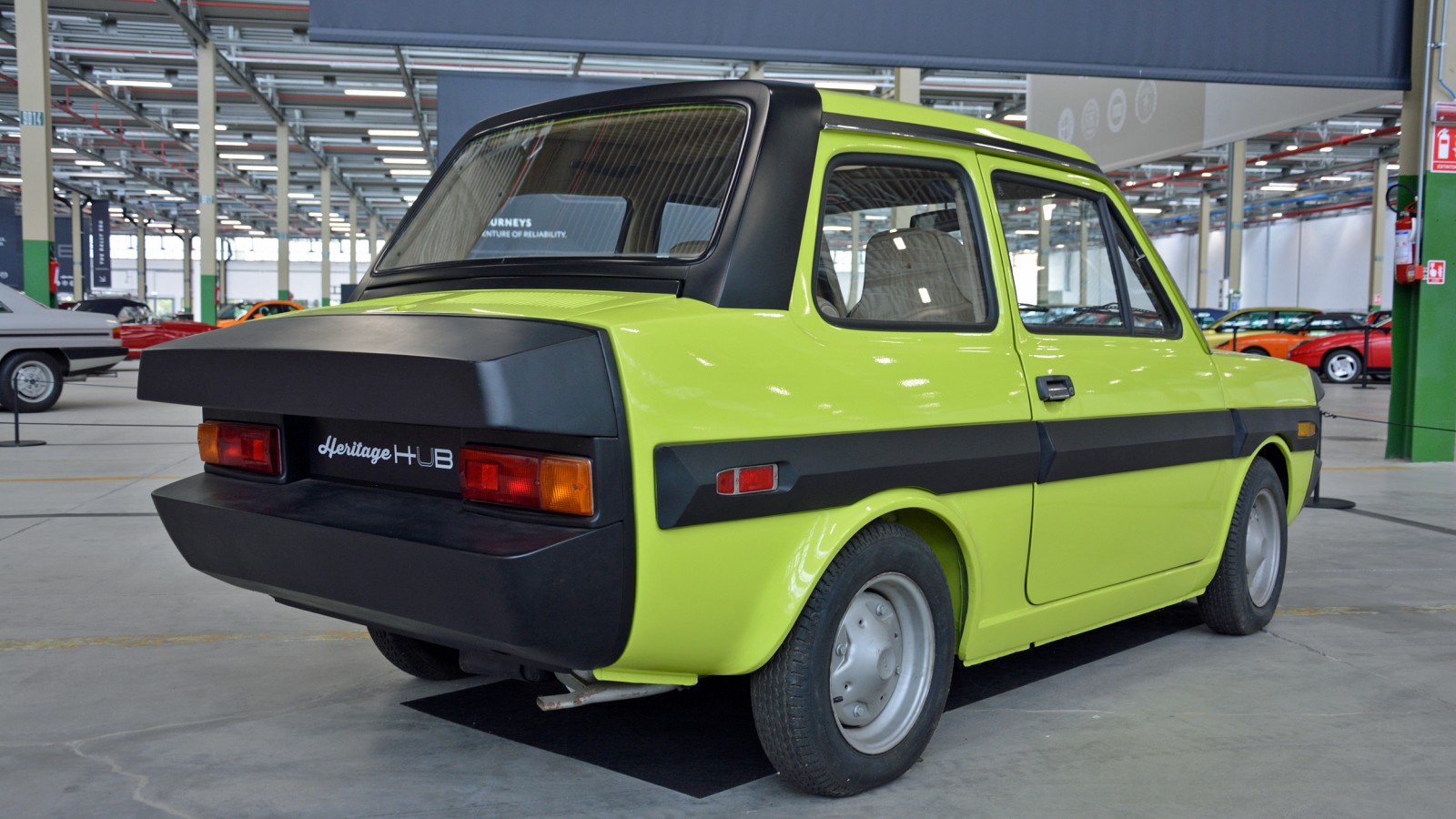 © Ronan Glon
© Ronan Glon -
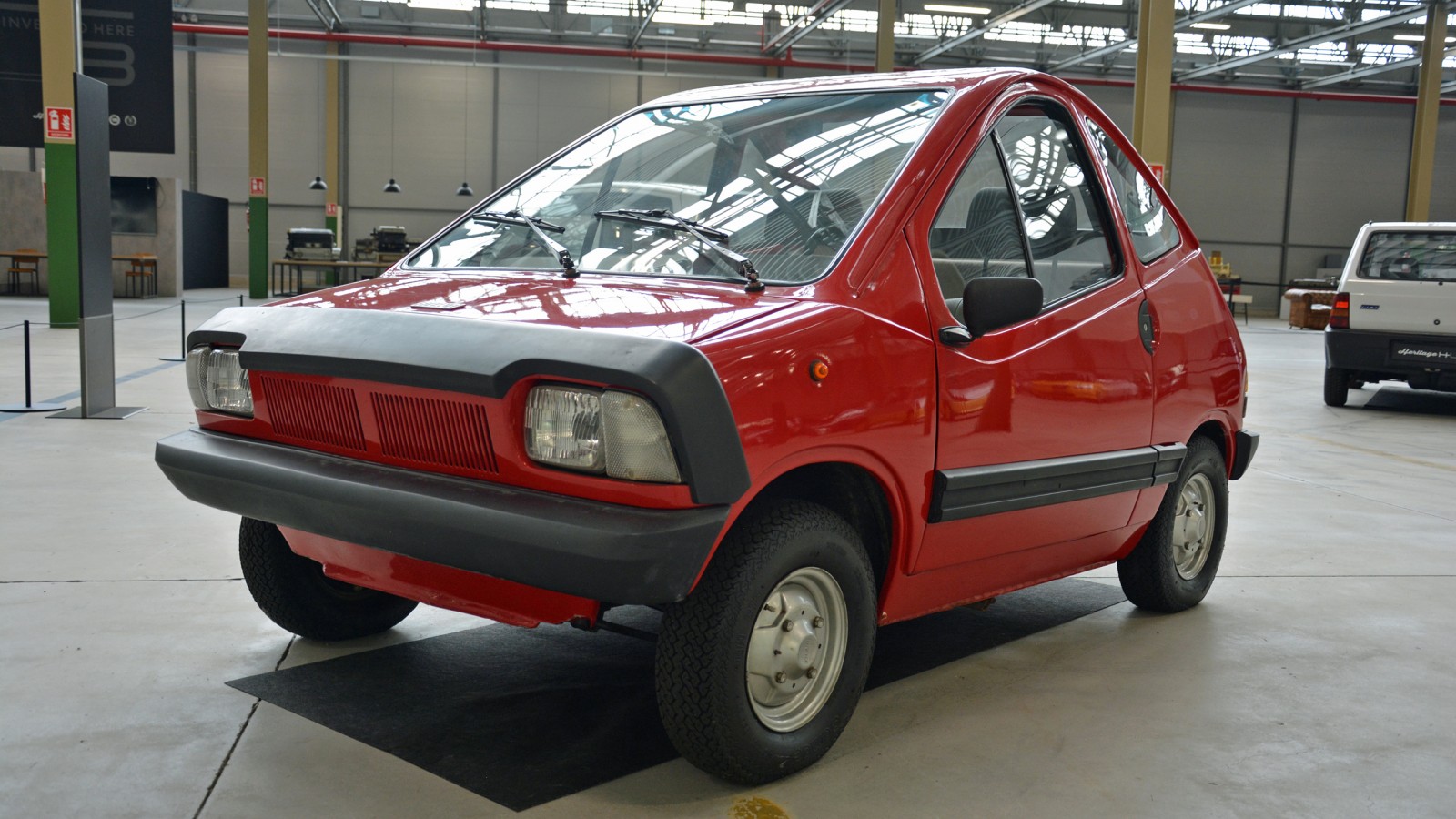 © Ronan Glon
© Ronan Glon -
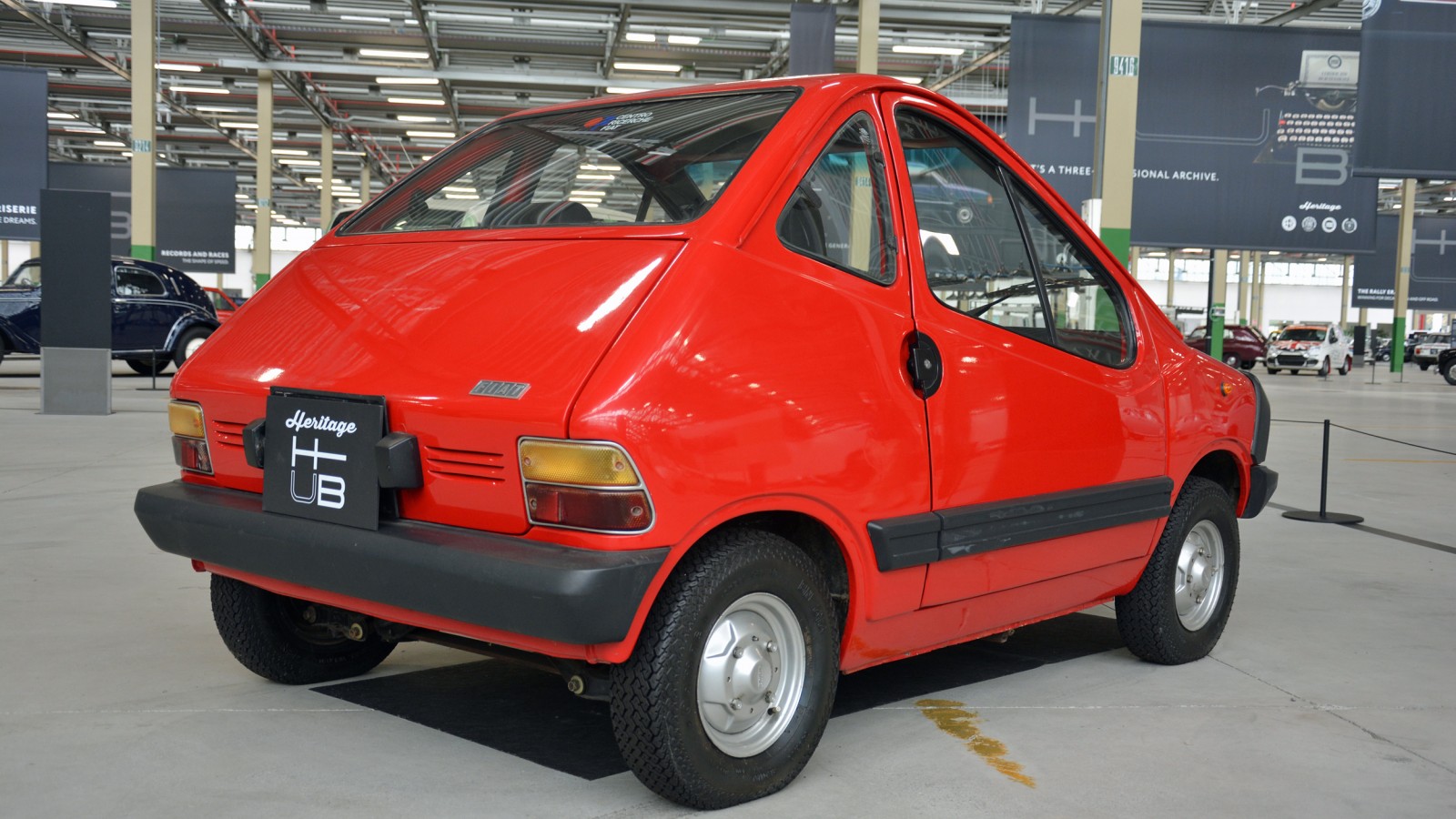 © Ronan Glon
© Ronan Glon -
 © Ronan Glon
© Ronan Glon -
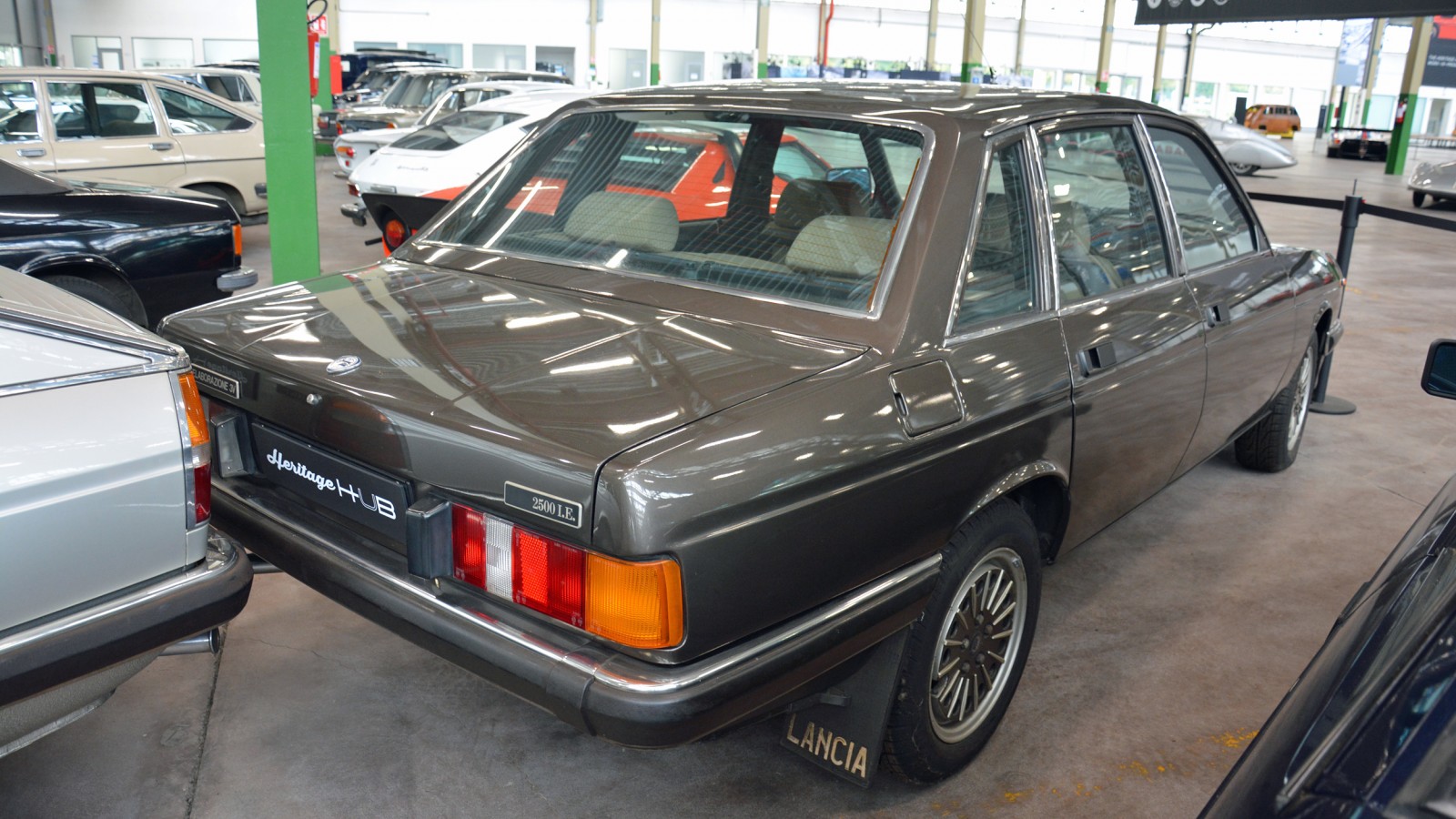 © Ronan Glon
© Ronan Glon -
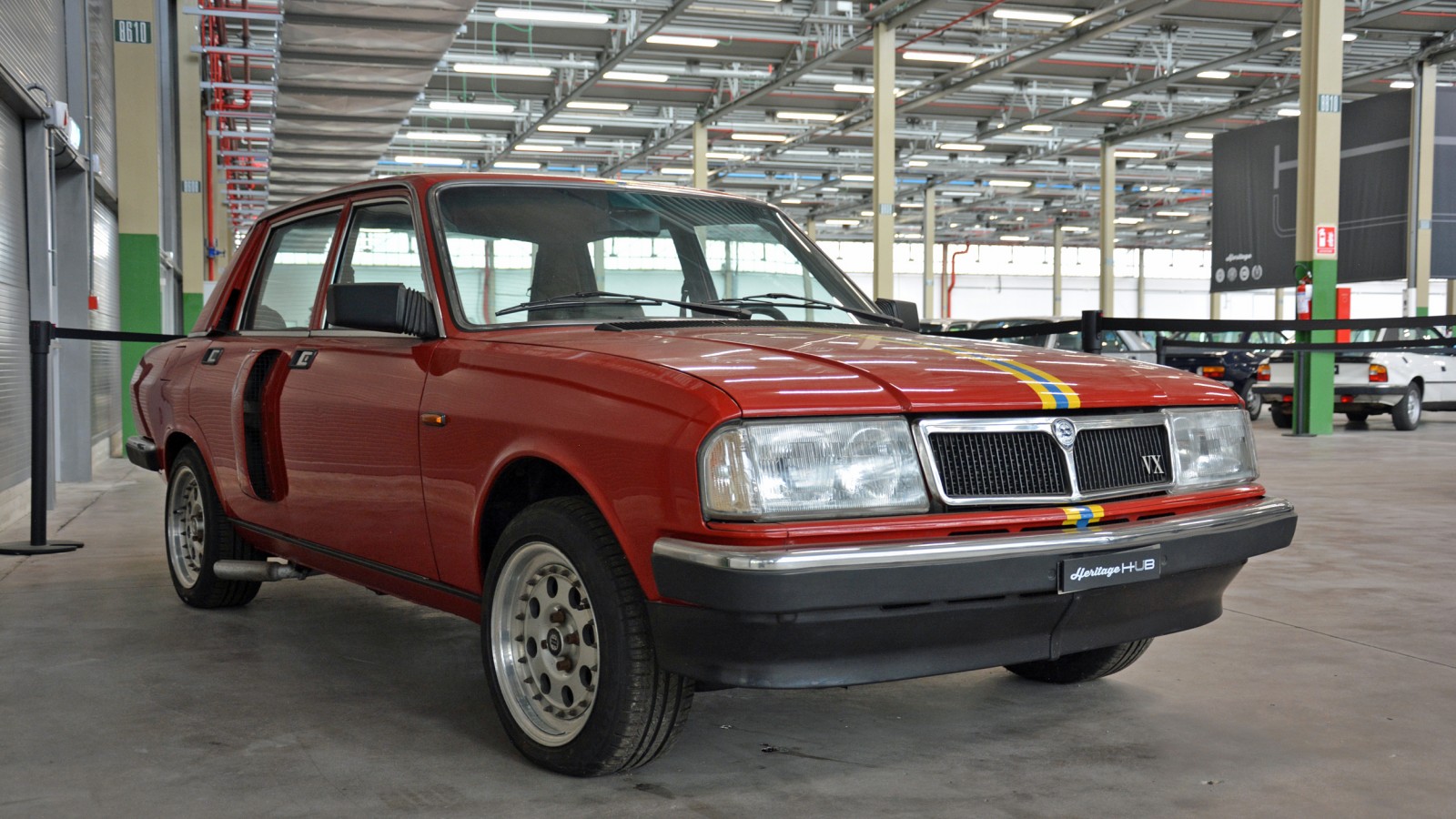 © Ronan Glon
© Ronan Glon -
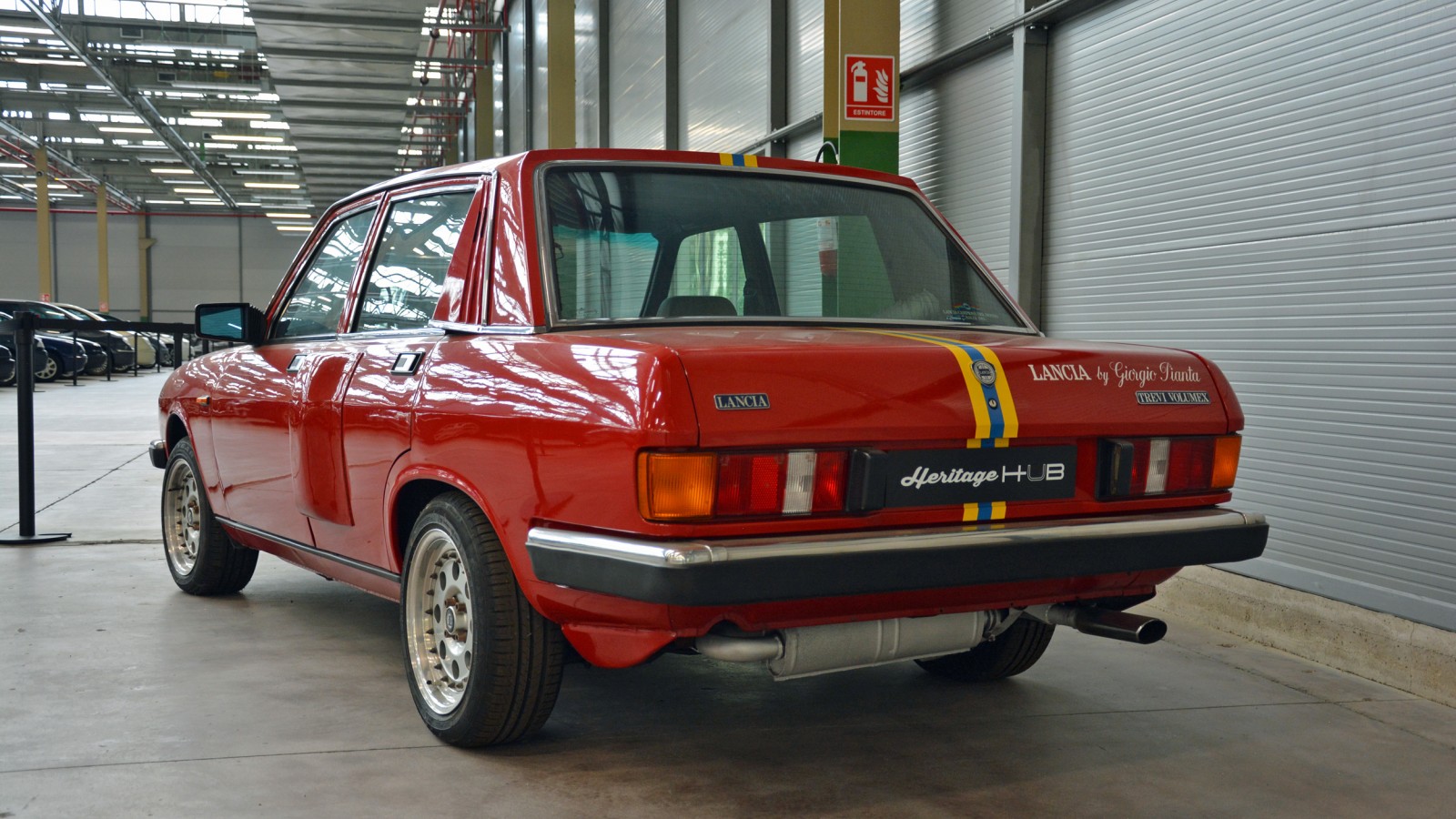 © Ronan Glon
© Ronan Glon -
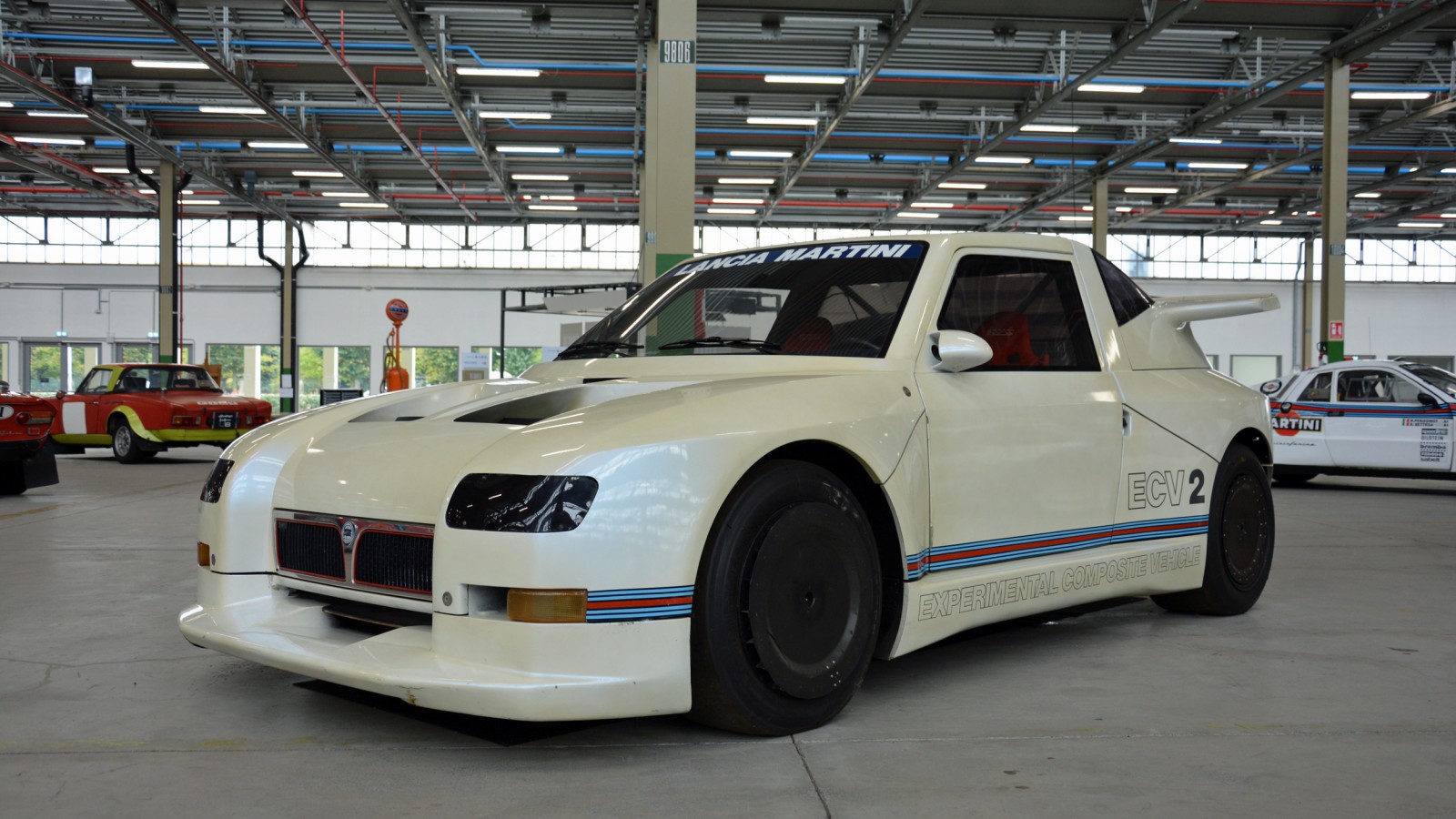 © Ronan Glon
© Ronan Glon -
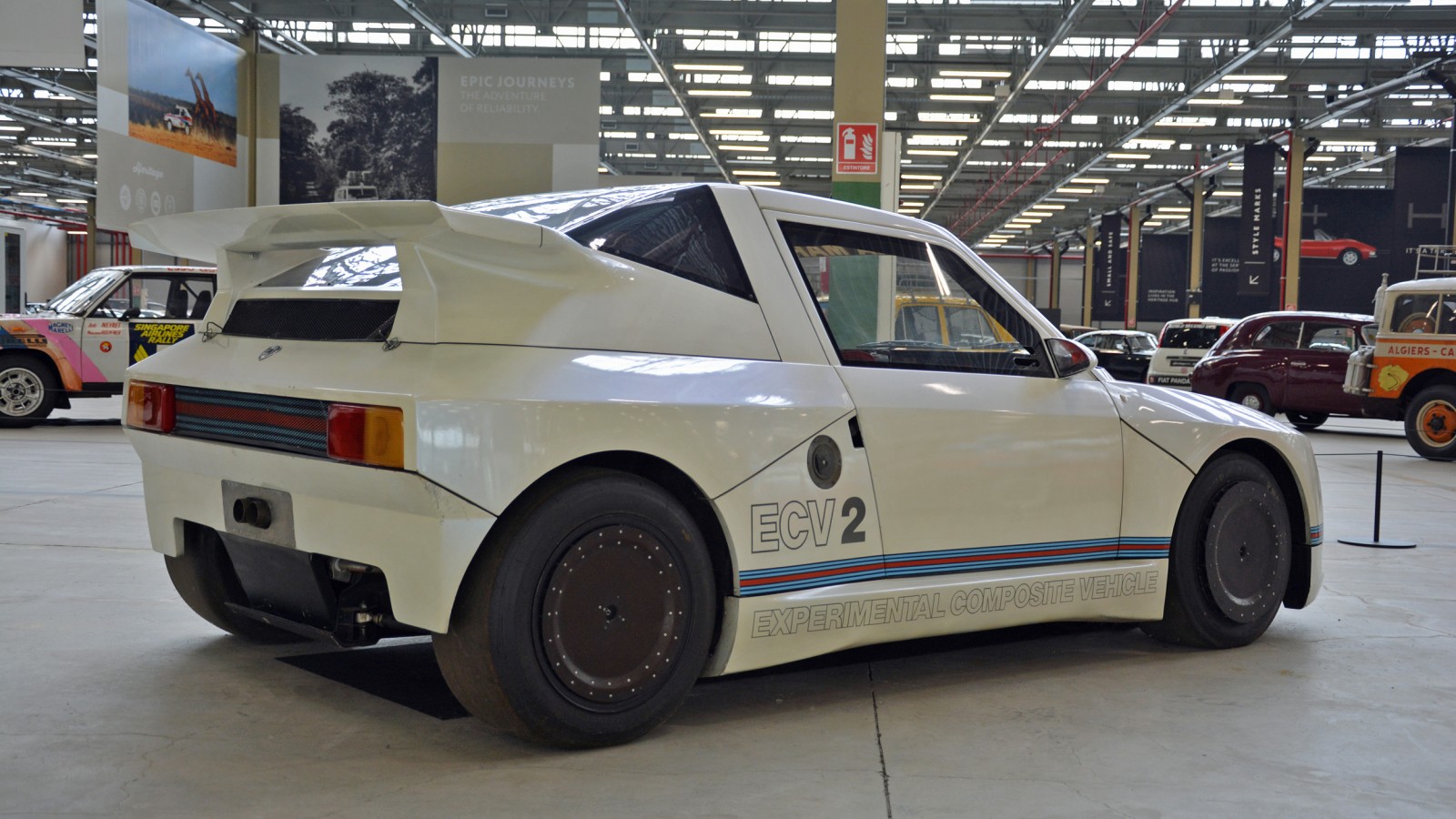 © Ronan Glon
© Ronan Glon -
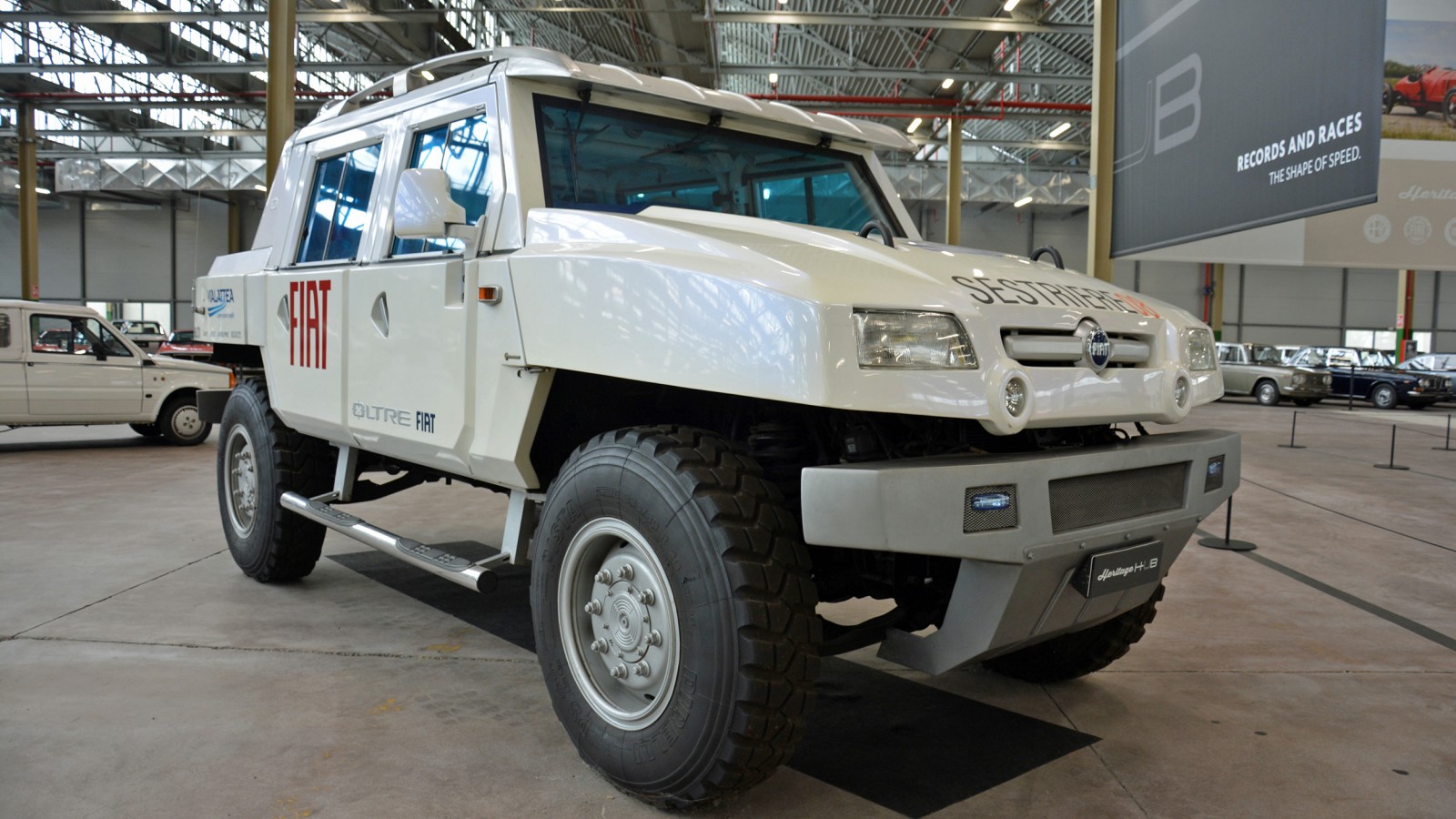 © Ronan Glon
© Ronan Glon -
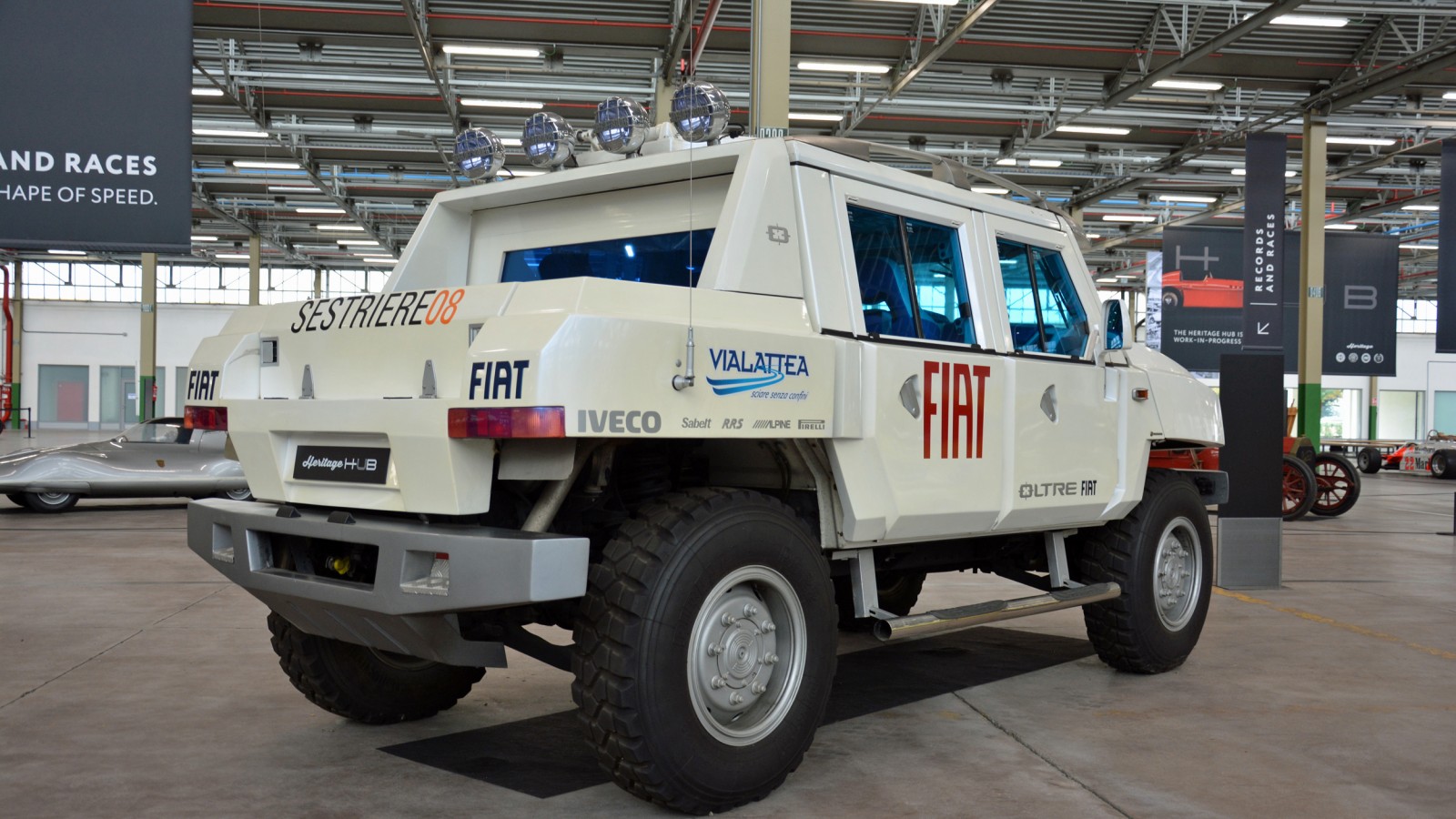 © Ronan Glon
© Ronan Glon
-
Forza Fiat!
Historically, the Mirafiori engineering complex in Turin, Italy, has been in charge of creating Fiat’s future.
However, since 2019, it’s also where the Italian car maker showcases over 250 classic models made by the different brands in its empire.
This collection includes regular-production models, concept cars and prototypes made by Fiat, Lancia, Alfa Romeo, Abarth and Autobianchi; there’s even a Jeep in the fleet.
While series-produced models are interesting, it’s the one-offs that caught our attention during a recent visit. Join us for a virtual tour of the wild, obscure and esoteric prototypes in FCA’s Heritage Hub.
-
1. Fiat 100 prototype (1951)
Fiat began the 100 project in the early 1950s to create a replacement for the original 500, which earned the nickname ‘Topolino’ shortly after its introduction in 1936.
It was a car that sold reasonably well in Italy but that was undeniably showing its age, even by post-WW2 standards.
Engineers knew they couldn’t make its replacement front-engined and rear-wheel drive due to weight constraints, so they put the engine and the transmission in the back after briefly experimenting with front-wheel drive.
Built in 1951, this test mule accurately previewed the 600 that put millions of Italians on wheels after its release in 1955. Its overall silhouette changed little as it transitioned into a production model.
-
Fiat 100 prototype (cont.)
As they fine-tuned the design, stylists moved the headlights to the wings to emphasise the 600’s width and they placed the rear lights lower.
Inside, the Mini-style centre-mounted speedometer was repositioned behind the steering wheel. Bigger changes were found under the bonnet. While this prototype is powered by an air-cooled two-cylinder engine, the 600 received a water-cooled ‘four’.
-
2. Lancia Flaminia Loraymo (1960)
Over a dozen coachbuilders rebodied the Lancia Flaminia in the 1950s and ’60s, but most were based in Italy.
Presented in 1960 at the Paris auto show, the one-off Loraymo is a notable exception because, as its name implies, it was created by Franco-American designer Raymond Loewy (1893-1986).
The end result was an unusual, forward-thinking blend of Italian elegance and the aerospace-inspired design language that characterised many American cars at the time.
-
Lancia Flaminia Loraymo (cont.)
Turin-based coachbuilder Rocco Motto built the Loraymo’s body with aluminium, according to Lancia’s archives department.
Loewy asked Nardi to build a 150bhp evolution of the Flaminia’s 2.5-litre V6, which produced about 120bhp when left stock. Although it remained a one-off, this futuristic coupé was used by Loewy as his personal car on both sides of the Atlantic for many years.
-
3. Fiat 850 City Taxi (1968)
Fiat proved a short wheelbase and a spacious interior weren’t mutually exclusive when it released the 600 Multipla in 1956.
Then 12 years later, it built an equally clever prototype based on the 850 (which replaced the 600), aimed at the thousands of taxi drivers that frantically zig-zagged across Italian cities every day. Called simply City Taxi, it was one of the last cars designed by Pio Manzù (1939-1969).
-
Fiat 850 City Taxi (cont.)
Round headlights created a visual link between the City Taxi and the 850, but the sheet metal was entirely new. The driver entered the cabin via a conventional front-hinged door, while the passengers accessed the rear bench through a wide sliding door.
Designers couldn’t modify the 850’s rear-engined layout so they worked around it. They removed the front-passenger seat to make space for suitcases, and they fitted a parcel shelf behind the rear bench to let occupants store smaller items, like briefcases.
Although it was extremely clever, the 850 City Taxi remained a one-off prototype.
-
4. Fiat 130 estate (1972)
Introduced at the 1969 edition of the Geneva auto show, the 130 was proudly positioned as the biggest and most expensive member of the Fiat range.
It was developed largely to prove the company known for churning out millions of rear-engined city cars still knew how to deliver a luxurious saloon.
Fiat launched the 130 Coupé in 1971, but an estate was never officially part of the range. And yet, a few exist.
-
Fiat 130 estate (cont.)
Fiat boss Giovanni Agnelli (1921-2003) commissioned at least four 130-based estates in the 1970s, according to the company. Created by Fiat Centro Stile, the one shown here belonged to his brother Umberto (1934-2004).
It’s equipped with a 3.2-litre V6 rated at 160bhp. Requesting one-off cars from Fiat required a substantial amount of money and influence, but the Agnelli brothers had a lot of both.
-
5. Fiat ESV 1500 (1972)
Alarmed by the rising number of traffic-related deaths, the American government asked car makers to develop prototypes capable of keeping their passengers alive during an accident.
Fiat, Ford, Honda, Mercedes-Benz, MG and Volvo were among the companies that participated in the contest.
The aim was to build a rolling laboratory of technology that would permeate production cars during the 1970s, and none of the Experimental Safety Vehicle (ESV) prototypes were built with mass-production in mind.
-
Fiat ESV 1500 (cont.)
Fiat’s entry into the 1500-pound category was an evolution of the 500 that was loosely inspired by the then-new 126 and fitted with a long list of protective equipment, including huge rubber bumpers on both ends.
It performed relatively well in all of the tests, including those related to pedestrian safety, but the extra equipment added weight. It tipped the scale at 1752 pounds in a 1500-pound category.
Fiat made 13 examples of the ESV 1500.
-
6. Fiat X1/23 (1974)
Fiat would have beaten Smart to the pocket-sized city-car segment by decades had it turned the X1/23 prototype into a production model.
Unveiled at the 1972 edition of the Turin auto show, this two-seater stood out with a minimalist interior, wide windows that improved visibility and a body designed as a safety cell.
Oddly, it was equipped with air conditioning because its side windows were fixed.
-
Fiat X1/23 (cont.)
Fiat’s original X1/23 ran on petrol, but an updated version of the prototype (pictured) powered by electricity made its debut in 1974.
Neither received the proverbial green light for production, though the firm branched out into the electric car segment when it released the Panda Elettra in 1990.
-
7. Lancia Gamma 3V (1980s)
Although it was drawn by Pininfarina, the fastback-like Lancia Gamma saloon cleaved the public’s opinion as soon as it was unveiled in 1976.
It wasn’t that unusual, the Renault 20/30 and the Rover SD1 wore a similar design, but some motorists simply preferred a more classic three-box look. Sales figures reflected that, so Lancia considered turning the Gamma into a three-volume saloon in the 1980s.
-
Lancia Gamma 3V (cont.)
Most of the changes were found on the rear half of the car, where designers added a third pair of side windows, a flat bootlid and a pair of horizontal lights.
Lancia made no major mechanical modifications, meaning power came from a fuel-injected, 2.5-litre flat-four engine that developed about 140bhp.
The saloon could have joined the fastback and the coupé in showrooms had it been created several years earlier, but Lancia canned the project because it already planned to replace the Gamma with the Thema.
-
8. Lancia Trevi Bimotore (1984)
In the early 1980s, four-wheel-drive race cars like the Audi quattro threatened to make the Lancia 037 obsolete in the World Rally Championship (WRC).
Engineers knew they needed to adopt four-wheel drive in order to win, so Abarth team manager Giorgio Pianta began testing this configuration by building a wild, twin-engined Trevi. After losing its rear bench, the prototype received a supercharged, 2.0-litre four-cylinder engine tuned to about 150bhp. An identical engine was installed under the bonnet.
Surprisingly, there was no mechanical connection between the two engines. Lancia linked the gearboxes so that they could be operated by a single lever and the same clutch pedal, however. Pianta welded the Trevi’s rear doors shut and added a pair of vents that channelled cooling air to the second engine.
-
Lancia Trevi Bimotore (cont.)
In hindsight, Lancia noted it chose not to race the Trevi Bimotore because it was an exceptionally complicated car to fine-tune. It was heavy, and the rear-mounted engine tended to overheat.
Engineers consigned the twin-engined saloon to the automotive attic and instead began working on the Delta S4.
-
9. Lancia ECV 2 (1988)
Lancia’s immensely successful racing division built the ECV 2 prototype in 1988 to learn valuable lessons about composite materials, which were still relatively new in the late 1980s.
Its body, its driveshaft and its rims were built using various composites, including carbonfibre and Kevlar, and it weighed 20% less than a Delta S4. Stylists complemented the lightweight construction with an aerodynamic design.
-
Lancia ECV 2 (cont.)
Developed exclusively for competition, the ECV 2 was built around a twin-turbocharged, twin-intercooled 1.8-litre four-cylinder engine tuned to develop about 600bhp. Had it raced, it would have been capable of reaching approximately 175mph.
Lancia hoped the ECV 2 would morph into the Delta S4’s replacement, but it remained at the prototype stage. In 2020, it sheds valuable light on what Group B cars could have looked like in the 1990s had the FIA not cancelled the category after 1986.
-
10. Fiat Oltre concept (2005)
Fiat threatened to march onto the Hummer H1’s territory when it unveiled the Oltre concept at the 2005 edition of the Bologna auto show.
Some attendees called it exceptionally cool; others complained it was the answer to a question no one asked.
Regardless, it was bigger and bolder than any car Fiat had ever put its name on. And yet, it was closer to production than its outlandish design suggested.
-
Fiat Oltre concept (cont.)
Eagle-eyed observers noticed the Oltre’s rear lights came from the Cinquecento, but that was the only link between these two opposite ends of the Fiat spectrum.
Instead, the concept shared its frame and most of its mechanical components with the Iveco LMV used by the Italian and British armies. It was equipped with a 3.0-litre four-cylinder turbodiesel engine that sent 185bhp to the four wheels.
Fiat chose not to build the Oltre, but its executives used the concept extensively in the Italian Alps.
